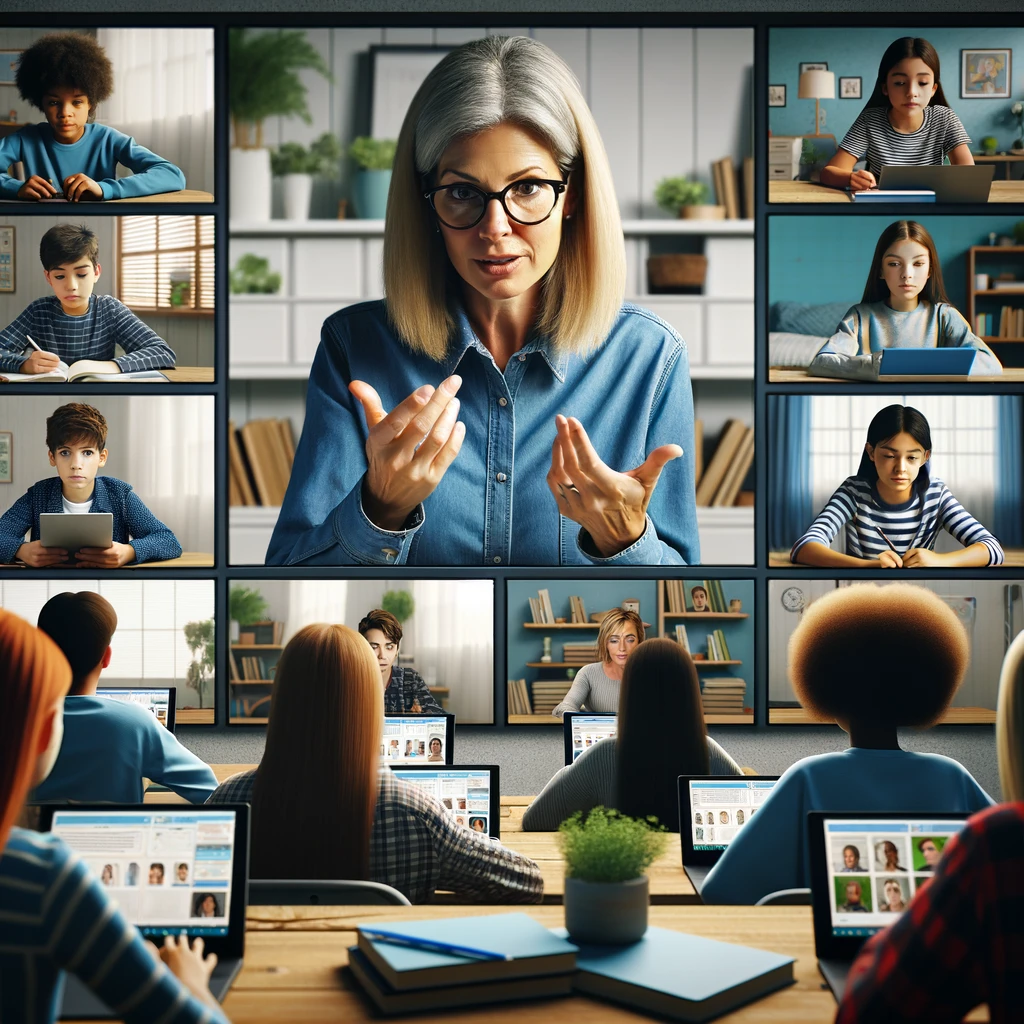
Educational technology (EdTech) tools and software have revolutionized the way educational content is delivered and consumed. These technologies range from learning management systems (LMS) to educational apps and virtual laboratories, each designed to enhance the learning experience and make education more accessible and effective.
Learning management systems (LMS) like Moodle, Blackboard, and Canvas are widely used in educational institutions. These platforms serve as the backbone of digital learning environments, providing a centralized hub where educators can manage course materials, assignments, and assessments. They facilitate communication between teachers and students, support the submission and grading of assignments, and often include features for peer collaboration and discussion. LMS platforms are particularly beneficial in blending traditional and digital learning, making them indispensable in modern education.
Educational apps are another cornerstone of today’s EdTech landscape. These apps cater to a wide range of subjects and age groups, offering interactive and engaging learning experiences. For example, Duolingo has gained popularity for its user-friendly approach to language learning, utilizing gamification to motivate users and make learning a new language fun and accessible. Similarly, apps like Photomath allow students to solve mathematical problems by simply scanning them with their smartphone cameras, providing step-by-step solutions and explanations. These apps not only support self-paced learning but also supplement traditional classroom teaching.
Virtual laboratories are an exciting advancement in EdTech, enabling students to conduct scientific experiments in an online environment. These tools are particularly valuable in disciplines like chemistry, physics, and biology, where physical lab access can be limited. Virtual labs simulate real-life laboratory equipment and experiments, allowing students to practice and learn without the constraints of physical resources, geographical location, or safety concerns. This technology not only enhances learning but also prepares students for practical, real-world applications of their theoretical knowledge.
When exploring popular EdTech products, Google Classroom stands out for its simplicity and integration with Google’s suite of tools. It provides a free and secure learning space for classrooms, reducing the need for paper and enabling both teachers and students to interact seamlessly. Khan Academy, another influential platform, offers a vast range of free courses in subjects such as mathematics, science, and humanities. Its personalized learning dashboard allows learners to study at their own pace, making it an excellent resource for both supplemental learning and self-directed study.
Choosing the right EdTech tools involves several considerations. For schools, it is crucial to align the chosen technology with educational goals and curricular needs. The tool must be accessible to all students, including those with disabilities, ensuring inclusivity. Cost-effectiveness is another important factor, as budget constraints often dictate the feasibility of new technologies. For individual learners, factors such as ease of use, the relevance of the content, and the level of engagement offered by the software are paramount. It is also important for users to consider privacy and data security, particularly when using apps that require personal information.
EdTech tools and software have transformed educational methodologies, making learning more tailored and accessible. Whether through comprehensive platforms like LMS, engaging applications, or innovative virtual labs, these technologies continue to enrich the educational landscape. By carefully selecting tools that align with their specific needs and goals, both educational institutions and individual learners can maximize the benefits of these technologies.